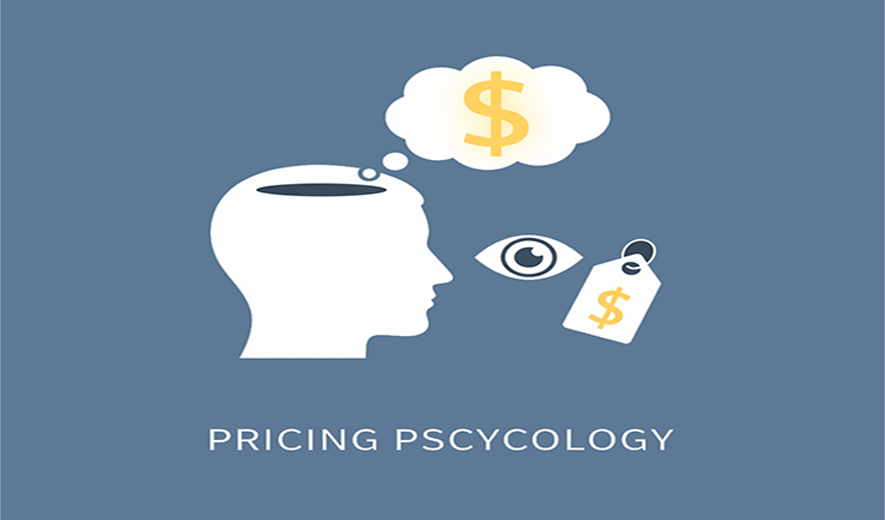
Pricing Psychology: How Perception Influences Price
Psychology significantly influences pricing, as consumers don't always act rationally when making purchasing decisions. How a price is presented, compared, or framed can profoundly alter a customer's perception of value, quality, and affordability.
Charm pricing
This strategy involves pricing items with a number ending in 9, 99, or 95 to create the perception of a lower price.
- How it works: Because people read prices from left to right, they focus on the first digit and round down subconsciously. A product at $9.99 feels significantly cheaper than one at $10.00, even though the actual difference is negligible.
Price anchoring
This technique establishes a high reference price point, or "anchor," to make a subsequent, lower-priced item appear more attractive by comparison.
- How it works: When presented with multiple options, people tend to rely on the first piece of information they see. A premium, high-priced option can serve as an anchor, making a mid-range, more profitable option look like a great deal.
Decoy effect
This is a specific type of anchoring where an intentionally inferior third option, the "decoy," is added to a choice set to influence consumers' preference toward a specific product.
- How it works: A decoy is designed to be clearly worse than the "target" option but only slightly worse than the "competitor" option. This makes the target seem like a rational, smart upgrade.
Prestige pricing
This involves setting an artificially high price to create a perception of quality, exclusivity, and luxury.
- How it works: Customers often associate high prices with high quality. A premium price can serve as a "gatekeeper" for brands that want to appeal to a high-end, status-conscious clientele.
Mental accounting
This theory suggests that people mentally categorize their money into different "accounts" based on the source or intended use, which influences how they spend it.
- How it works: Customers might spend "found money" (e.g., a bonus or a tax refund) on impulsive, hedonic purchases, but be more frugal with money from their regular paycheck. Businesses can leverage this by framing purchases in relation to these mental budgets.
Price framing
This involves presenting a price in a way that changes its context, thereby influencing perception without changing the actual value.
-
How it works:
- Partitioned pricing: Separating a price into multiple components (e.g., a service fee and a ticket price) can make the initial cost seem lower.
- Pennies-a-day: Breaking down a large annual cost into a small daily or monthly figure (e.g., "$1 a day") makes it seem more affordable and manageable.
